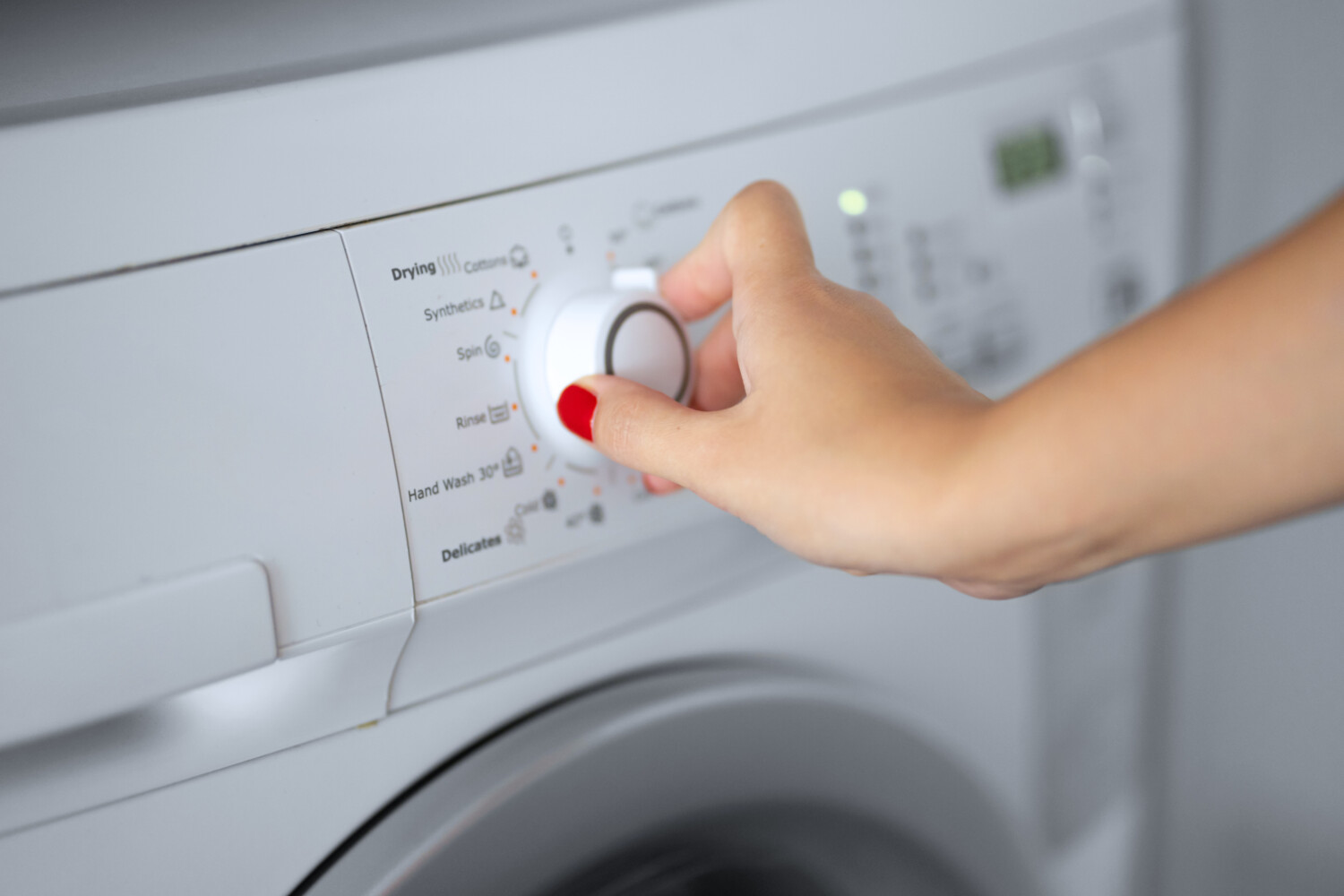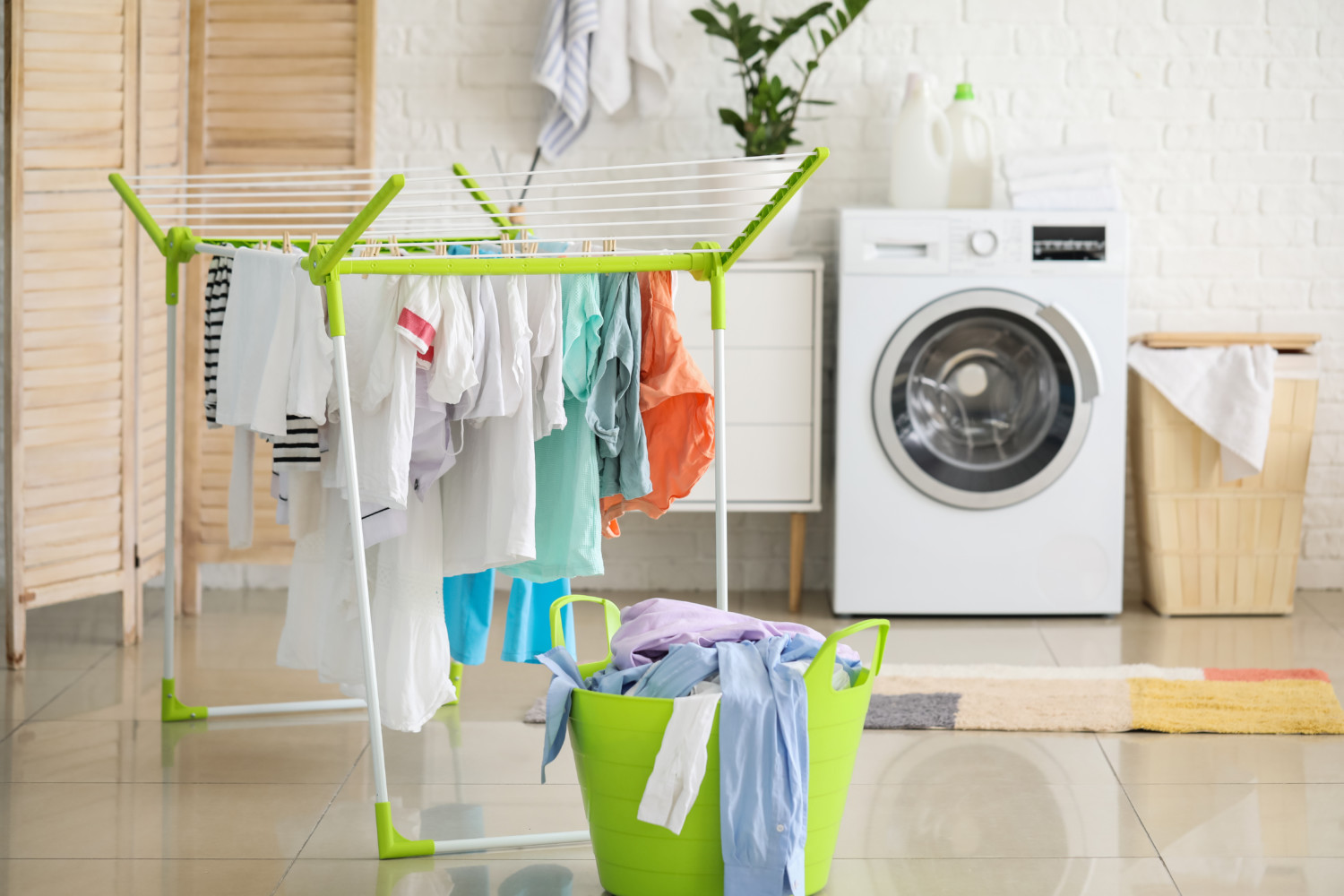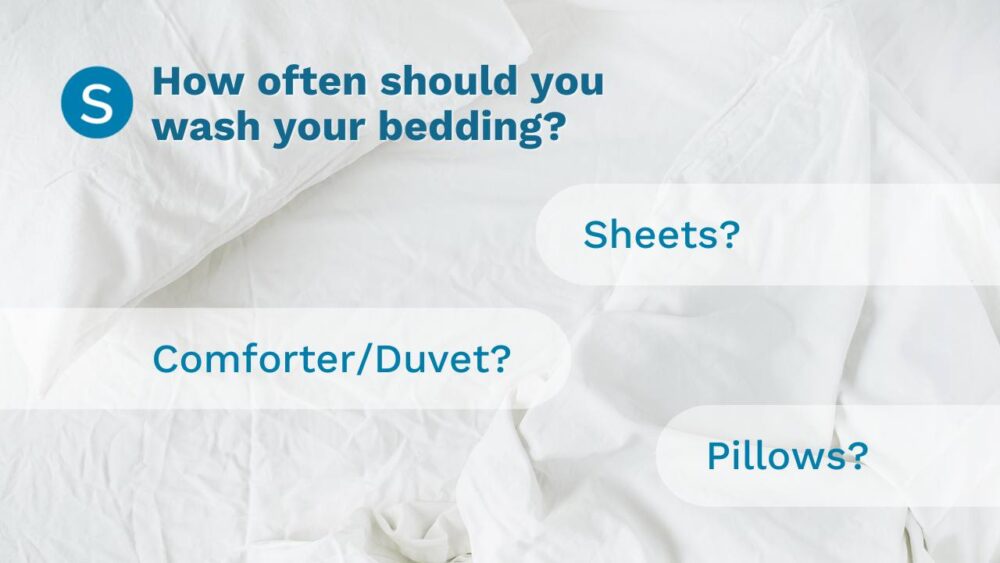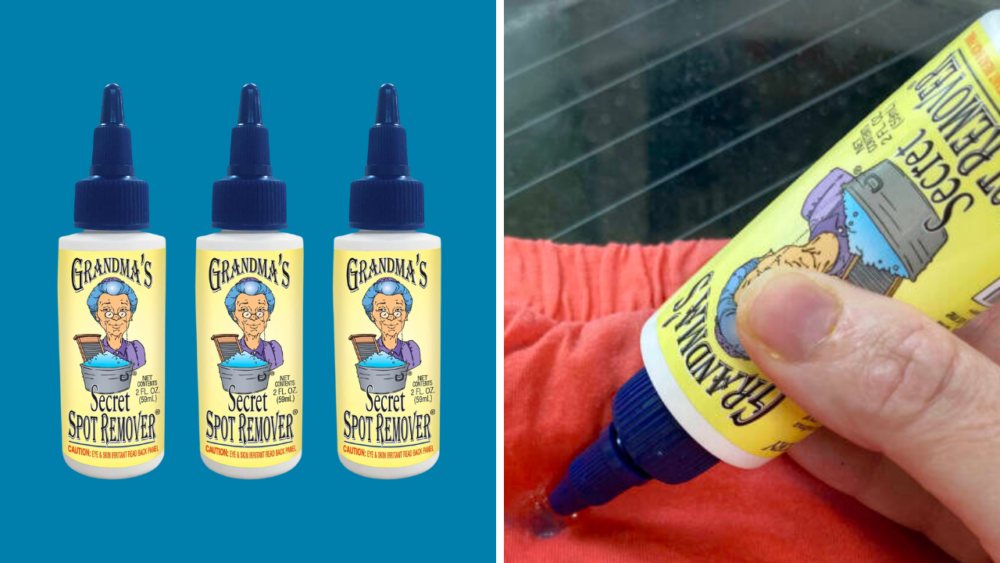Sanitize laundry to remove more germs and bacteria

Most of the time, you simply wash your clothes as needed in the washing machine, but now and then you need a little more cleaning power. Some laundry situations obviously call for the big guns. While washing clothes helps to clean them by diluting the number of bacteria on the fabric, disinfecting or sanitizing the load can go one step further, helping remove odors caused by bacteria and germs.
MORE: The right way to clean a top-loading washing machine
There are several reasons why you might need to sanitize your laundry, including:
- Someone in your household has recently been sick
- A pet or child had an accident involving bodily fluids
- A member of your family works in the medical industry
- Sheets or towels feel scratchy
- Gym clothes have a lingering odor
- You suffer from allergies
While it’s true that regular washing will remove some germs and bacteria, you won’t be able to kill 99.9% of germs unless you set the water to extra hot or use additional chemicals.
How to sanitize laundry
The simplest method is to let your washing machine do the dirty work for you. Look to see if your machine has a special sanitizing cycle, which uses extra hot water to eliminate 99.99% of the most common bacteria found on fabrics. Not all washing machines have a “sanitary cycle” button. Instead, look for the hot water setting. Be mindful of what types of fabrics you’re tossing in. Cotton can withstand high temperatures, but elastics, spandex or wool might bode better when steamed in the dryer. (More on that in a minute.)
If you need more than hot water, bleach is the standard go-to for sanitizing white items. The downside is it’s not suitable for wool, silk, spandex or colored fabrics. If you have a pile of white sheets or towels, add 3/4 cup of bleach to your load along with your usual detergent. Dry as usual, either in the automatic dryer or by hanging. (If times are heavily soiled, feel free to use up to 1 1/4 cups of bleach.)
How often to do it
Unless the laundry is soiled with human or animal fluids, you don’t need to worry about sanitizing every load of laundry. However, if someone in your household is sick, it’s a good idea to disinfect bedding, towels and clothing they’ve come into contact with to help minimize the spread of germs throughout the home. However, be aware that washing fabrics on extra-hot cycles regularly can degrade fabric more quickly.
Otherwise, look for telltale signs it’s time to sanitize, such as stinky workout clothes or musty rags.
The steam sanitary dryer cycle
Standard bed pillows, wool throw blankets or stuffed animals — all things that don’t fair well in the wash cycle — can be sanitized in the dryer by using the “steam sanitary” cycle if your machine allows.
Also, if you have a portable steam cleaner at home, its high steam temperature offers a great alternative to killing germs and bacteria.
What you should sanitize
If your child has been sneezing and coughing and wandering around with their favorite stuffy and blanket, try those items first, along with their clothing, sheets and bath and hand towels. Laundry can be infectious up to three days following exposure. Check the care label to make sure the fabric can withstand hot water. You don’t want the delicate fabric to shrink or newly purchased colored items to bleed.
How to sanitize laundry without bleach
Since not all fabrics play well with bleach, here are some safe alternatives.
Hydrogen peroxide
This ingredient can not only sanitize your laundry but can also whiten and brighten your clothes. It’s best to use this method on white or light-colored material since hydrogen peroxide can have a bleaching effect. Add one cup of 3% hydrogen peroxide to a regular wash cycle.
Distilled white vinegar
White vinegar softens fabrics while it deodorizes and kills bacteria. Add 1 cup of this eco-friendly ingredient to the rinse cycle when your towels feel stiff and crunchy or if your workout gear starts to smell funky. Run a second rinse to eliminate any lingering vinegar smell.
Pine oil disinfectants
Pine oil is safe to use on both white and colored fabrics, but it’s best to avoid wool or silk. To sanitize laundry with pine oil, look for a product that contains 80% or more pine oil. Add 1 cup of pine oil directly to the washing machine once it’s full. A second rinse is recommended to remove any strong odors left behind. It’s important to avoid using it on pet bedding since it’s toxic to animals. And don’t add anything else to the load when using it, such as oxygen bleach.
Additional tips
To reduce the possibility of cross-contamination, it’s always best to do the laundry as soon as possible if someone has been ill. You should spray down a plastic laundry hamper with disinfectant or wash your hamper bag, if possible, to continue to keep germs at bay.
It’s worth mentioning if you use your washer frequently, disinfect it regularly to prevent any bacteria or mold that might be thriving inside, especially along the rim of a front load machine.
The last thing you want to think about is having a clean load of laundry that actually contains bacteria, but now you don’t have to. Just regularly sanitize items after illnesses or sweaty gym sessions and your laundry will truly be fresh and clean.









